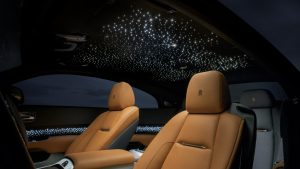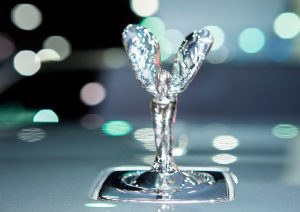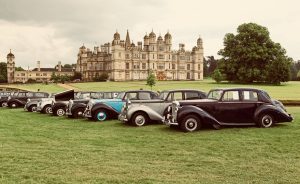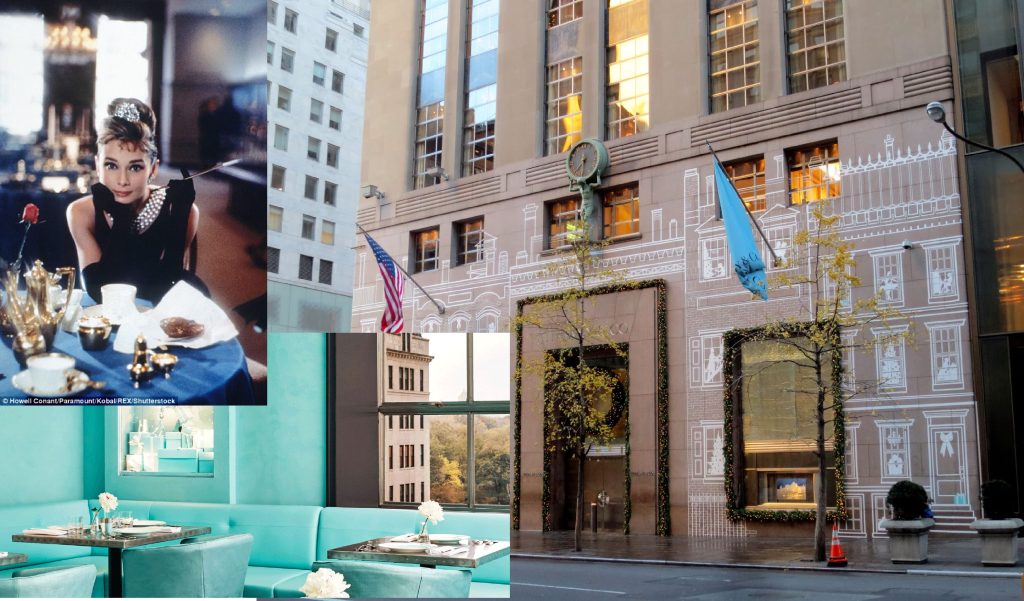Rolls-Royce is easily one of the most interesting automotive brands in the world. It has a history longer and more fascinating than 90-percent of brands on the market and it continues to be the world-leader in luxury. However, despite being a household name, there are lot of things the masses don’t know about the Goodwood-based luxury brand.

Status Symbol
Rolls-Royce has a history of being one of the only carmakers that has a category of their own. Sure, they are often compared to Bentley, but some of Rolls-Royce’s cars cost almost twice as much. That’s not to discredit Bentley, but just proving that a Rolls-Royce is truly like nothing else. This emerges from the sheer engineering that goes behind each car, the attention to detail and the company’s reputation for never saying no to a customer’s requests.
As Rolls-Royce gained a deserved reputation for elegance throughout the 1930s and 1940s, it became the only choice for the world’s elite. This notion further solidified in 1950 when the British royal family parted ways with Daimler to select Rolls-Royce as its preferred car manufacturer. Then-Princess Elizabeth was the first to receive a Phantom IV, which became a model only designed for the royals and other heads of state. A mere 18 Phantom IV models were produced, making it among the rarest of the Rolls’.
Obsessed With Details
- When a car is being developed, all kinds of hideous acts of abuse occur to make sure they’re fit for customers. When your customers are the world’s elite, you need to go above and beyond. So, during extreme suspension testing of the Phantom Extended Wheelbase, the car was hit with such a knock a seismometer was triggered 20 miles away from the Home of Rolls Royce in Worthing, Sussex. The car was fine.
- Sommeliers advise that the optimum serving temperatures of non-vintage Champagne is around six degrees centigrade and vintage Champagnes is around 11 degrees centigrade. With this knowledge in mind, Rolls-Royce equips its cars with a fridge that operates two cooling modes, chilling to six degrees and 11 degrees respectively.
- It takes 60 pairs of hands 400 hours to build a Rolls-Royce – this can more than double depending on the complexity of a Bespoke commission.
- To create a virtually silent ride, Rolls-Royce adds approximately 300 pounds of acoustic insulation around the cabin. Its tire manufacturer Continental even developed special foam-filled tires, which reduced the noise of the road by 9 decibels. The results were so profound that Rolls-Royce removed some soundproofing to avoid causing acoustic sensory deprivation.
- While test driving a Rolls-Royce Dawn, an American journalist drove through an earthquake that measured 3.6 on the Richter scale, followed by an aftershock that measured 2.6 on the Richter scale. Owing to the marque’s hallmark magic carpet ride, he was unaware of this until the following morning.
- If you’ve ever sat in a Rolls-Royce, you’d know the leather inside is just different from every other brand. It’s softer, finer and smells better. It’s lovely and there’s an intangible quality to it that makes it seem better than everything else. There’s good reason for that. Rolls only sources leather from the finest bulls from cold, high-altitude climates. The reasons for that are because bulls are male and don’t get pregnant, thus reducing stretch marks, and the cold climate keeps insects away that could bite the bulls. That’s attention to detail!
- Painting a Rolls is slightly different from shaking a rattle-can and saying a prayer. To get a mirror-like finish, five layers of paint are applied by the only robots you will find at the factory. Any hard-to-reach spots are painted by highly skilled paint experts. The process of applying a flawless exterior finish takes seven days and uses over 45 kg of paint.
- Only one person in the whole world, Mark Court, is trusted to paint the optional Coachline that runs along the side of Rolls-Royce cars. It is hand painted, and the process takes three hours on each side. It is said that he probably has the steadiest hands in the world.
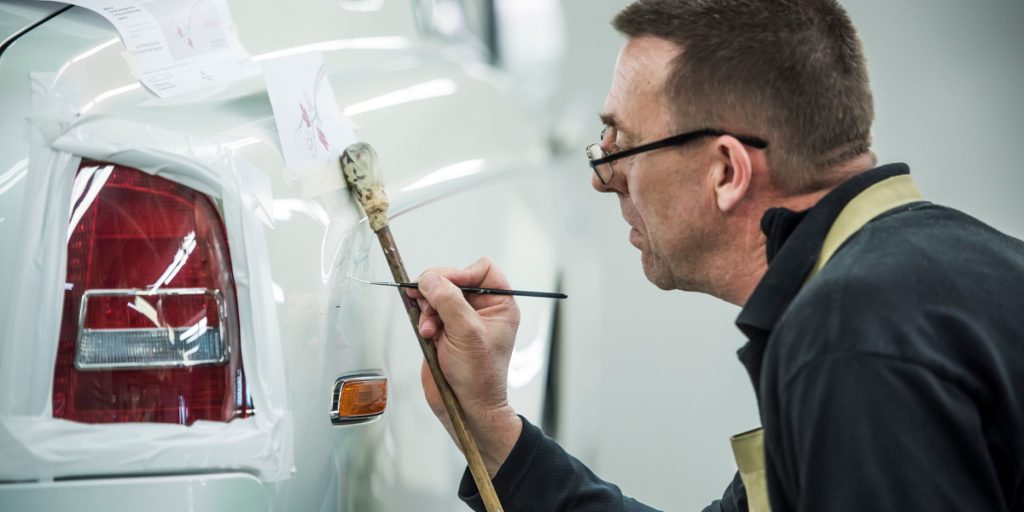
- Did you know that engineers analyse cavities with an endoscope during monsoon water tests to ensure no moisture ingress? What happens if a car fails? It’s scrapped.
- The Spirit of Ecstasy (the flying lady sat up front on all Rollers) is valued so highly by the marque that there is a safe on the shop floor at Goodwood containing no more flappy mascots than necessary for one day of production. The code is known only by a small circle of craftspeople.
- While testing the drop-top Rolls-Royce Dawn, lead Test and Analysis engineers were required to wear shorts so they were able to detect any drafts around their legs and feet. Oh! We forgot to mention that this testing was conducted in January in three degrees centigrade.
- Call it one of the anomalies or idiosyncrasies, the Rolls Royce center caps do not rotate. They’re on bearings and always stay put so they can always be seen. I don’t know about you, but I’d call it pure style.
- The Phantom VIII’s Gallery is built in a ‘Clean Room’ which has sensors that continually measure particle concentration to make sure the room is free of any contaminants. The sensors sound the bell when they detect a particle larger than 0.001 of a micron. For reference, a human hair is about 50-100 microns in diameter.
Never Saying No
Don’t worry, if you want a Rolls-Royce but live in a country without a dealer, specially trained technicians will fly to your home country to service the car. This small band of experts have been affectionately dubbed ‘Flying Doctors’.
You may know about Rolls’ ritzy Starlight Headliner. That’s the 1,340 individually hand-woven optical fibres that mirror the starry sky of whatever day you choose. But, in 2018, Rolls-Royce added shooting stars into the constellation. On Black Badge models the shooting stars dart predominantly over the front occupants, as – being driver-focused – that’s where you’re encouraged to sit.
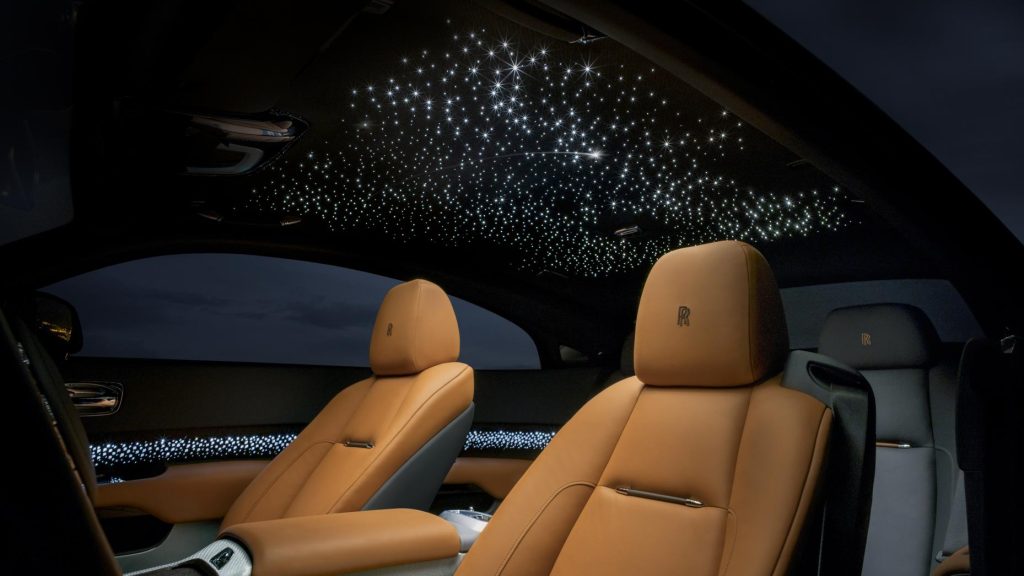
The Starlight Headliner mentioned earlier has about 1340 individual, handwoven, fibre-optics. Customers can choose to have any constellation above their heads, including one that would’ve been in the sky on a particular night at a particular place. The latest addition to this is a shooting star option which, as the name suggests, randomly shoots stars across the roof of your Rolls-Royce. Not that you need any more luck if you’re sat in one.
The most detailed single piece of embroidery to feature in a Rolls-Royce is a Peregrine Falcon, the fastest bird in the world. The photo-realistic design consists of nearly 250,000 stitches and took a team of designers, craftspeople and engineers over one month to develop. Unfortunately, we cannot confirm or deny whether this commission was for Bill Oddie.
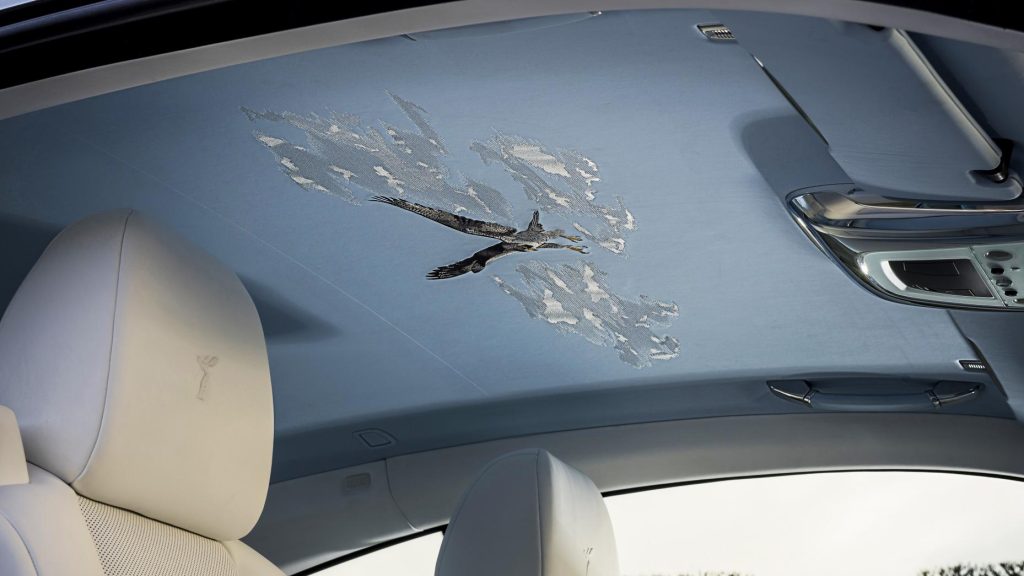
Many Rolls owners are passionate art collectors, so for the latest Phantom, Rolls actually managed to turn the Phantom’s dash into a gallery space: an expanse of toughened glass runs the full width of the dashboard. You can put whatever you want in there. But every single component that makes a Phantom Gallery is painstakingly cleaned by hand inside a particle-proof Clean Room before final assembly. This takes two people two hours to complete.
The brand has a palette of 44,000-plus colors. They replicate people’s lipsticks, something from your house, something you own, something you’ve seen. They have even done the dog of an owner, a red setter. This will be registered as your color, and you can give it a name. And if someone else has seen it and wants to use that exact finish, they have to go to that person and ask their permission.
In addition to the endless variations of color, Rolls-Royce customers can infuse their paint with materials to create special effects. One particularly wealthy customer went one step further, requesting the addition of 1,000 diamonds. He wanted a bit more sparkle in the finish, so he gave us a bag of diamonds. We crushed them. They were infused into the paint
Rolls Forever
The most mind-boggling fact is that 65% of all Rolls Royce cars ever built are still on the road today – customized, bejeweled, or pimped up! Many fans seem to attribute this to the powerful engine and the meticulous craftsmanship that keeps the car going on and on.
